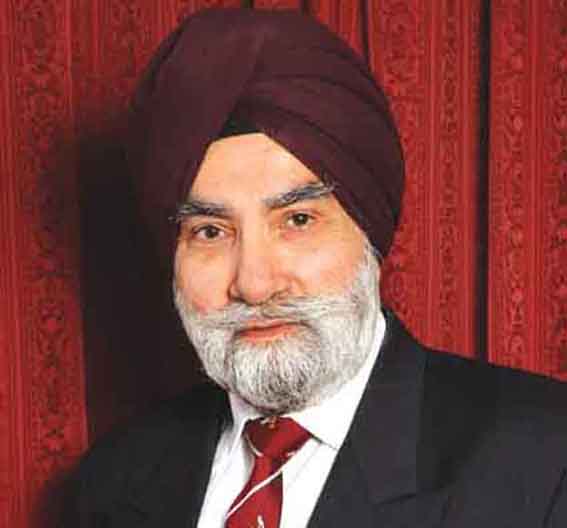Raj Karega Khalsa : Gurbani & Historical Context

-
The view that the State is absolutely supreme and incapable of doing wrong is misconceived and dangerous. (German writer, Schulse)
-
Sikh historical right to raise the Khalsa Flag at Delhi Red Fort.
Sometimes we forget that by challenging Delhi rule when there is injustice in the country, the Sikhs are doing no more than following in the footsteps of Guru Tegh Bahadur. Late Sandeep Singh Sidhu, rose to prominence by leading the raising of the Khalsa flag at Lal Kila (Red Fort), Delhi on 26 January 2021, during a critical phase of the prolonged Indian farmers protests against black farm laws. There is much related discussion on the e-forums. There is also historical reference back to the capture of the Red Fort and the hoisting of the Khalsa flag by the Khalsa army led by Sardar Baghel Singh and other Misl Sardars. The topic has led to the concept of Khalsa Raj and what it means for the Sikhs.
The word Khalsa refers to the pure (Arabic khalas) human soul free from duality, which has achieved a (direct) loving relationship with the One Timeless Being (Kaho Kabir jan bhae khalsay, prem bhagat jeh jaani). In a similar sense, in the Sikh historical tradition, the Guru commanded that there must be no intermediary between the Guru and the Sikh who is the Khalsa of the Guru (also reference to Mughal term khalsa land directly owned by the monarch). Sikhs (Sangats) were the Khalsa of the Guru without the any intermediaries, masands, derawadis, gurus etc.
The Sikh temporal (socio-political) objective is Khalsa Raj in which no-one will inflict misery or pain on another because the rule will be by those who emulate (Nirbhao-Nirvair) God qualities in their daily lives. It refers to collective impersonal just Khalsa regime in which minorities and diversity are safe.
The ultimate long term human evolutionary aim of Khalsa Raj is self-rule &ndash raj of dharam - without the need for enforcement as such because there is universal understanding of Divine Law or Hukam, the Universal Law and all abide it (Hukam Rajaee chalna). That ideal is to be lived as the Sikh way of life.
Only those who have experienced the Khalsa paradigm shift, can fully understand Khalsa idiomatic language like Chardhi kalaa or aspiration to be Khalsa Akal Purakh ki Fauj &ndash Khalsa the army of the Timeless Being. There is always a risk in translation of such peculiarly Khalsa phrases which draw their meaning from both, Guru Granth Sahib as well as from Sikh history. Translation can be both, Sikh-specific as well as universal.
With the above understanding of Raj Karega Khalsa, recited by the Sikhs in their daily Ardas (supplication), it becomes easier to understand the theo-political sovereign status of Darbar Sahib complex in the Sikh psyche, with the twin institution of Akal Takht Sahib and Harmandar Sahib. The historical assertion is that, even though occupied temporarily by the external powers/influences, the Sikhs themselves have never surrendered the sovereign status of the complex to any earthly power.
On 26 January 2021, late Sandeep Singh Sidhu and his colleagues exercised the Sikh historical right, earned with great sacrifices, to raise the Khalsa flag next to the Indian tricolour.
Gurmukh Singh OBE
Principal Civil Servant Retd.